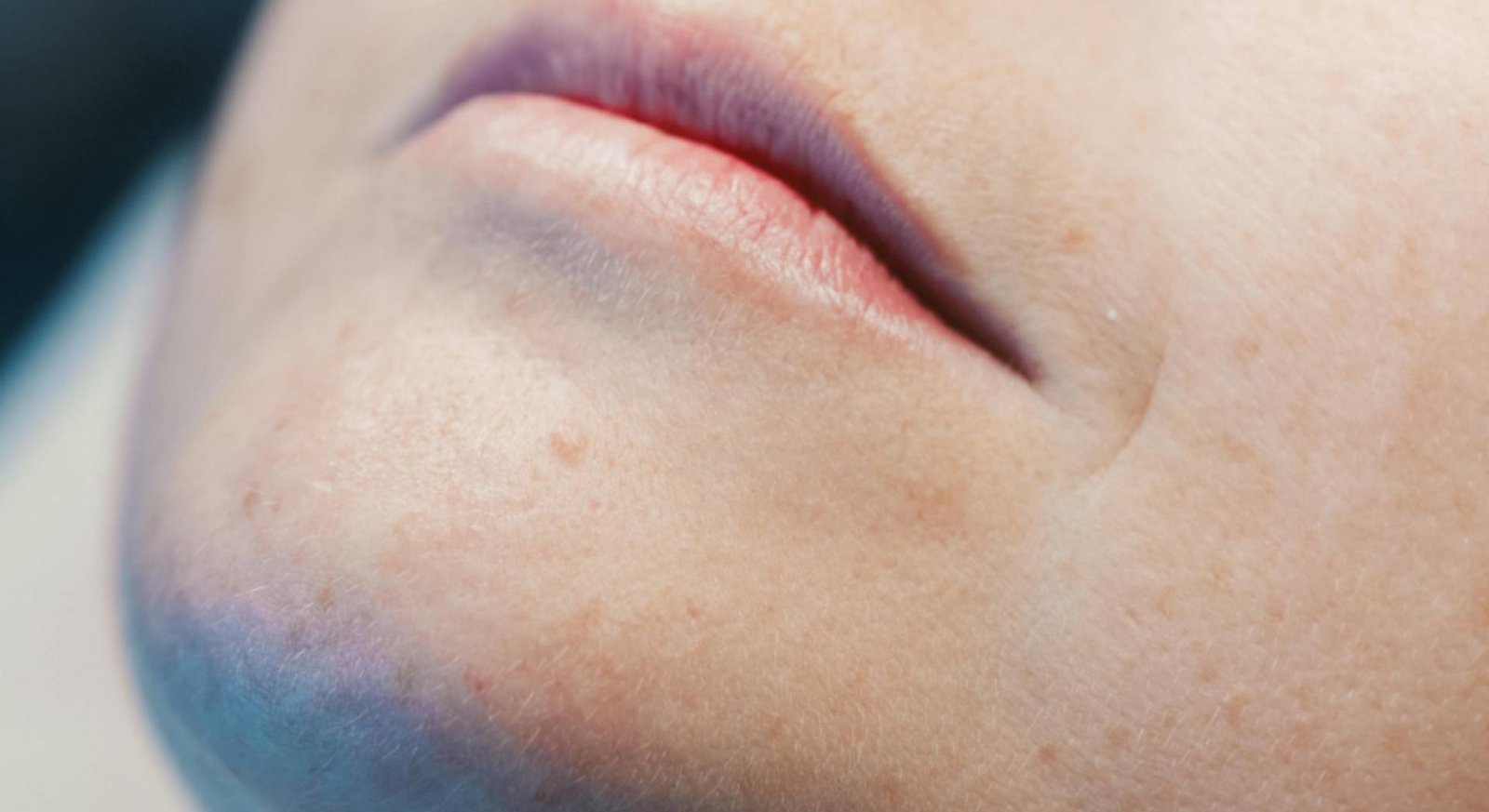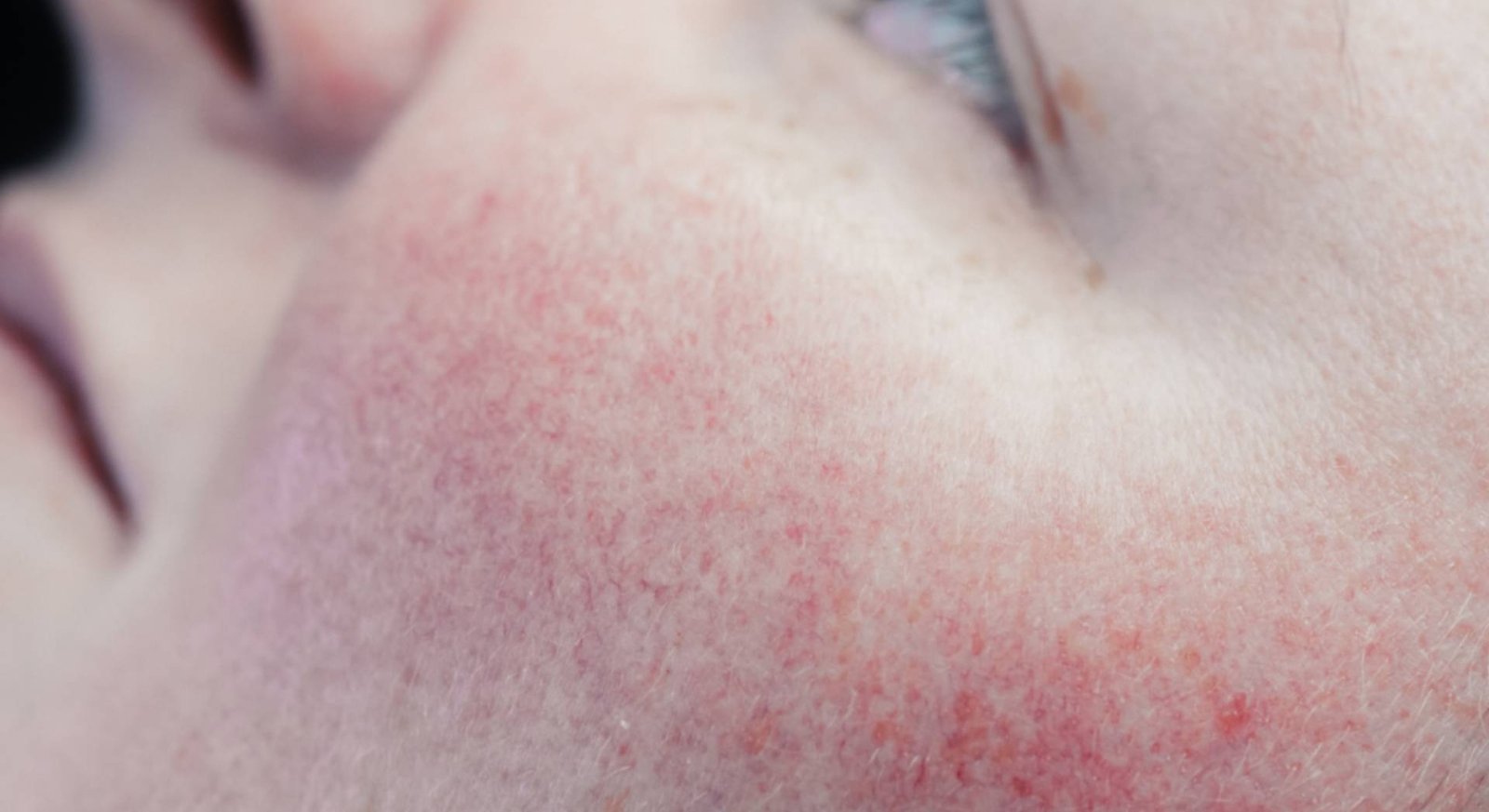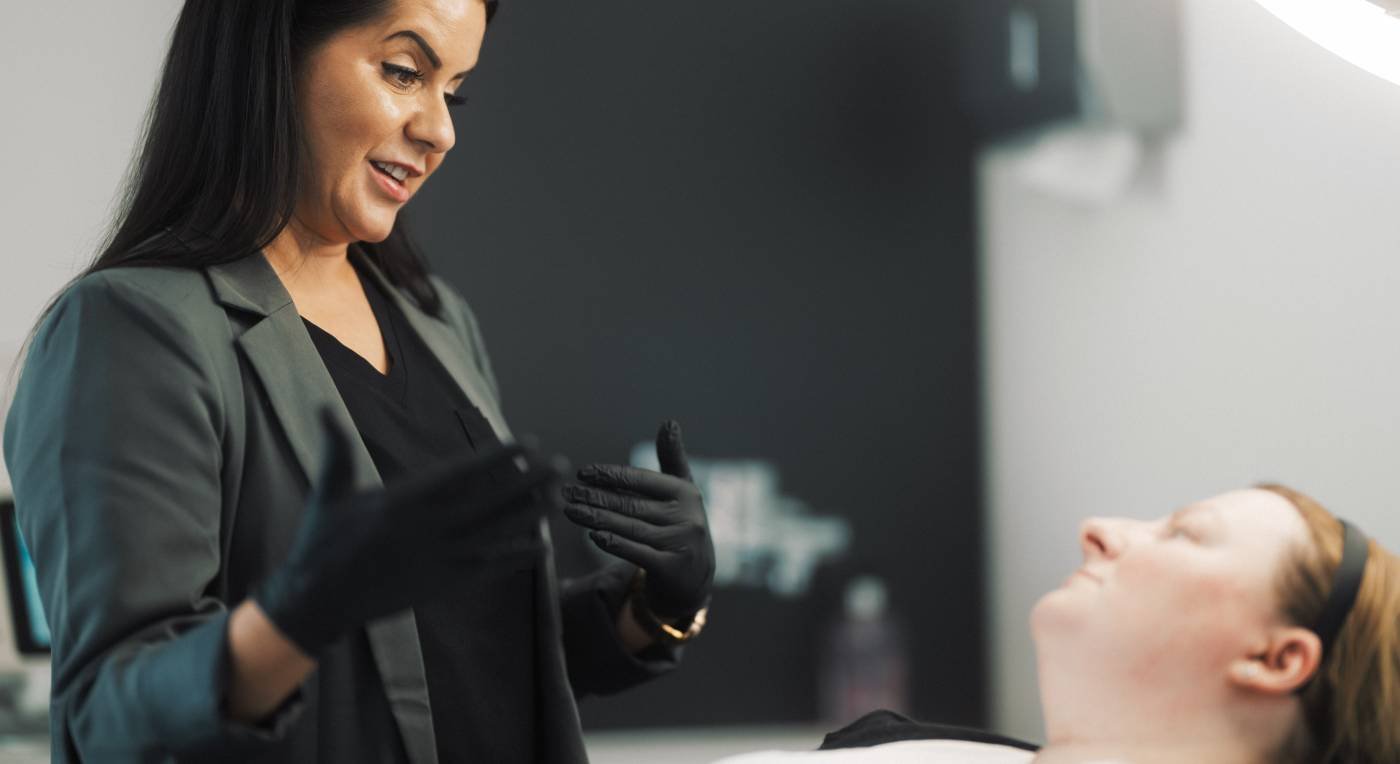If you’re dealing with pigmentation (those patches, spots, or uneven areas on your skin)
you’re definitely not alone.
In fact, pigmentation is one of the most common concerns we see in The Skin Suite, especially among patients looking for pigmentation treatment in Hamilton.
It’s not just a cosmetic issue.
For many, pigmentation can affect self-esteem, confidence, and even the way they feel about leaving the house without makeup. It’s stubborn. It’s emotional. And often, it doesn’t respond the way we hope to off-the-shelf products or online miracle fixes.
But here’s the good news: pigmentation can be treated. With the right knowledge, the right approach, and the right support, there is a way forward.
Understanding Pigmentation
To treat pigmentation effectively, we need to understand what’s actually going on beneath the surface. Pigmentation is the result of excess melanin (the pigment that gives our skin its colour) being produced in certain areas. This creates patches that are darker than your natural skin tone.
Types of Pigmentation:
There isn’t just one kind of pigmentation. Knowing the type you’re dealing with is key to finding the right treatment:
- Sun-Induced Pigmentation (Sun Spots):
Also called solar lentigines, these are caused by prolonged sun exposure and tend to appear on areas like the face, hands, and chest; the places that soak up the most UV rays. - Melasma:
A deeper, often more stubborn form of pigmentation, melasma appears as symmetrical patches across the cheeks, forehead, or upper lip. It’s heavily influenced by hormones and often triggered by pregnancy, birth control, or sun exposure. - Post-Inflammatory Hyperpigmentation (PIH):
These marks are left behind after injury or inflammation; think acne scars, eczema, or even overly aggressive skin treatments. PIH is particularly common in medium to darker skin tones.
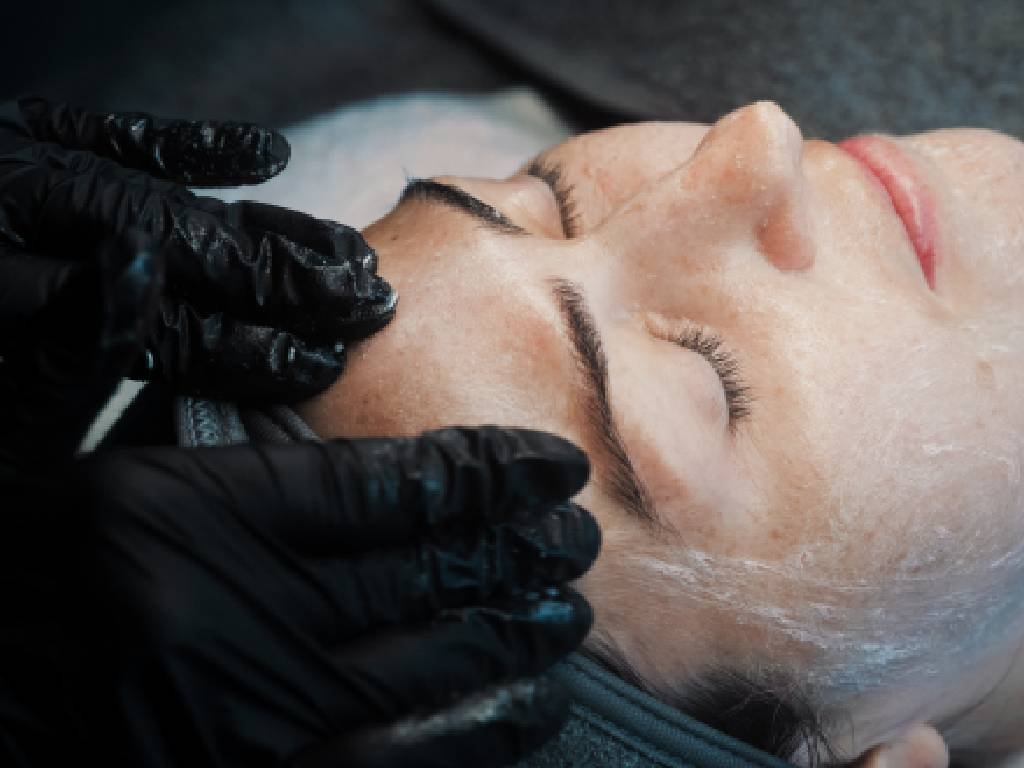
What Causes Pigmentation?
The causes of pigmentation vary, but typically fall into one or more of these categories:
- UV Exposure: The biggest culprit. Sunlight stimulates melanin production, which can quickly lead to sun spots and worsen existing patches.
- Hormonal Changes: Particularly in melasma, shifts in hormone levels can trigger pigmentation.
- Skin Injury or Inflammation: Acne breakouts, burns, or even reactions to harsh products can leave long-term marks.
- Genetics: Some of us are simply more prone to pigmentation than others.
Why DIY Treatments Don’t Work (and Can Make It Worse)
It’s tempting to turn to social media hacks, drugstore serums, or exfoliating scrubs in the hope of a quick fix. But when it comes to pigmentation, quick fixes often do more harm than good.
The Risks of Going It Alone:
- Harsh Exfoliants:
Over-exfoliating in an attempt to scrub away pigmentation can break down your skin barrier, leading to inflammation and ironically even more pigmentation. - Hydroquinone Misuse:
Hydroquinone can be effective, but it’s not a one-size-fits-all solution. Misuse can cause rebound pigmentation or even skin lightening in unintended areas. It must be prescribed and monitored. - Over-Treatment:
Combining too many active ingredients without professional guidance can irritate the skin, delay healing, and trigger post-inflammatory hyperpigmentation.
Without a tailored approach, even the most expensive serum can fall flat or worse, make your skin more reactive.

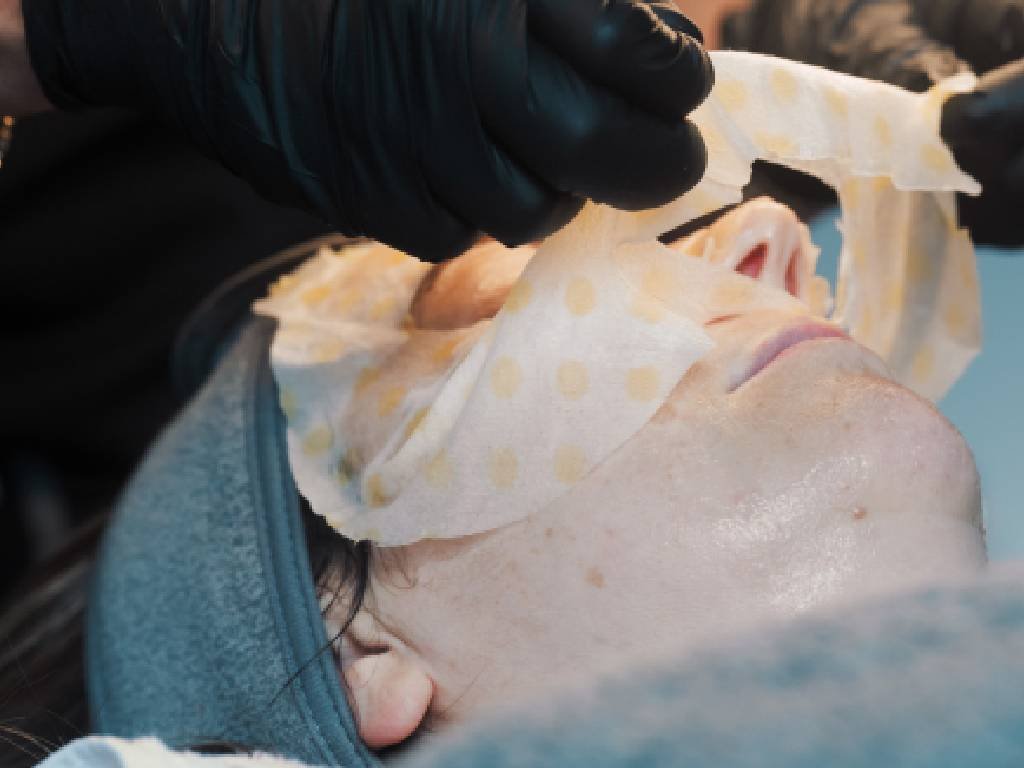
How We Treat Pigmentation at The Skin Suite
At The Skin Suite, we approach pigmentation with empathy, precision, and a plan. Every skin is unique, and so is every pigmentation journey. Our approach blends clinical science with care, offering medical skincare in Hamilton tailored to your skin’s needs.
Step 1: Clinical Diagnosis
The first and most important step is an in-depth skin consultation. We assess your skin using advanced diagnostic tools to determine the type and depth of pigmentation. This allows us to design a targeted plan that addresses your specific concerns.
Step 2: A Layered Approach
Pigmentation treatment isn’t about finding one miracle product; it’s about creating the right mix of therapies to treat the skin safely and effectively.
Here’s what a typical plan might include:
- Medical-Grade Skincare:
Prescription-strength ingredients like retinoids, azelaic acid, vitamin C, and niacinamide work together to reduce pigmentation and support skin health over time. - Skin Brightening Facials:
These are designed to gently exfoliate, hydrate, and boost radiance while calming inflammation that can worsen skin discolouration. - Microneedling:
By creating controlled micro-injuries in the skin, microneedling stimulates collagen and can help fade deeper pigmentation like melasma or acne scarring over several rounds of treatment. - SPF (Your Best Friend):
Sunscreen is non-negotiable. Every plan includes a recommendation for broad-spectrum SPF to prevent further damage and lock in your results.
What Kind of Results to Expect
Pigmentation doesn’t disappear overnight and anyone who says it does isn’t being honest.
Realistic Timelines:
You may start seeing improvement within 4 to 6 weeks, but deeper pigmentation like melasma can take 3 to 6 months (or more) to show visible changes. The key is consistency and patience.
Your skin needs time to heal, regenerate, and rebalance. Think of it as a long-term investment in your skin’s health and confidence.
Maintenance and Prevention:
Once we’ve treated your pigmentation, we’ll help you maintain your results with:
- Ongoing medical-grade skincare
- Seasonal treatments or booster facials
- Year-round SPF
- Gentle but consistent routines to prevent re-pigmentation
You Don’t Have to Live With It
Pigmentation might be common, but that doesn’t mean you have to accept it as your normal. Whether you’re dealing with melasma, sun spots, or post-acne marks, real, evidence-based pigmentation treatment in Hamilton is within reach.
At The Skin Suite, we’re here to walk with you, not just prescribe. With compassion, clarity, and clinical care, we’ll build a plan that meets you where you are and helps you get where you want to be.
Ready to Start Your Journey?
Book your free Skin Health Consultation for pigmentation treatment today and let’s talk about how we can restore your skin’s brightness and your confidence.
No pre-payment required

Bibliography
- Clinic Dermatech – 2025 – Causes of pigmentation, Triggers & the Best Treatment Options! [online] Available at:
https://clinicdermatech.com/blog/causes-of-pigmentation-triggers-the-best-treatment-options/ - MaryAnn de Pietro – 2025 – Causes of dark spots on the skin and how to treat them [online] Available at:
https://www.medicalnewstoday.com/articles/324833 - Jennifer Fisher – 2024 – Demystifying hyperpigmentation: Causes, types, and effective treatments [online] Available at:
https://www.health.harvard.edu/diseases-and-conditions/demystifying-hyperpigmentation-causes-types-and-effective-treatments

